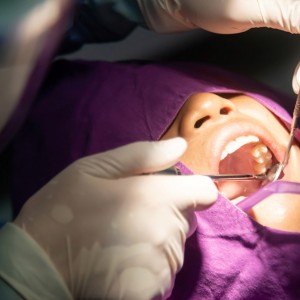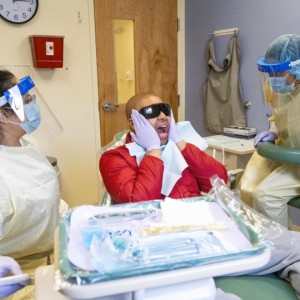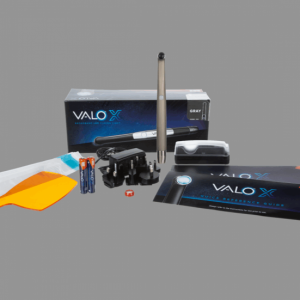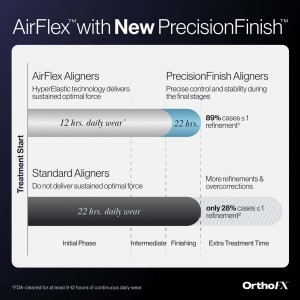
Needlestick injuries in dentistry: time to revisit
Background
Blood-borne pathogens (BBPs) are infectious microorganisms that are found in human blood and can cause diseases in humans. Health care workers such as physicians, surgeons, nurses, dentists, dental students, dental assistants, laboratory technicians, personnel handling infectious waste, and other health care employees are at increased risk of exposure to these pathogens. Percutaneous injuries from needles or other sharp objects are the major sources of BBPs in the workplace. Needlestick injuries (NSIs) have the most potential to transmit and have the easiest mode of transmission of BBPs.
Types of studies reviewed
The authors searched electronic databases (PubMed, Web of Science, Google Scholar, Scopus, Embase, MEDLINE-Ovid) for studies and articles focused on the various aspects of NSIs, their possible causes, prevention, and management protocols.
Results
There is a lack of literature on the global prevalence of NSIs among dental practitioners and underreporting of NSIs by clinicians. The authors also found that dental students and inexperienced practitioners were the most vulnerable. They found apparent inconsistencies in guidelines and recommendations from various regulatory and statutory agencies in charge of limiting and managing NSIs.
Conclusion
The most significant occupational risks for health care workers globally are NSIs. Dentists are recognized as one of the high-risk groups for exposure to NSIs. Although the reporting rate was noticeably low, the frequency of NSIs among dental students was alarmingly high.
Practical implications
Appropriate and succinct training of dental health care workers is crucial for prevention and management of NSIs. It is recommended that dentists familiarize themselves with recommendations from such agencies and organizations as the Center for Disease Control and Prevention, Occupational Safety and Health Administration, and American Dental Association.
Anjali Ravi et al. "Needlestick injuries in dentistry: time to revisit." JADA. 1 August 2023. DOI: https://doi.org/10.1016/j.adaj.2023.06.004
 Related articles
Related articles
Oral Hygiene & Prevention 09 January 2022
COVID-19 guidance for health care personnel updates from the CDC
Due to concerns about increased transmissibility of the SARS-CoV-2 Omicron variant, this guidance is being updated to enhance protection for healthcare personnel (HCP), patients, and visitors and...
News 29 September 2025
Partial Dentures: Evaluating Contemporary Materials, Functional Outcomes, and Patient Adaptation
Partial dentures continue to play a key role in the provision of prosthodontic services to restore the functionality and the appearance of partially edentulous patients.
The American Dental Association (ADA) has initiated the implementation of more than $20 million in expense reductions as part of its newly adopted 2025 budget.
Oral healthcare providers and patients will soon receive more frequent, evidence-informed recommendations to advance oral and overall health with the establishment of the ADA Living Guideline...
News 20 June 2025
Declining attendance, rising costs force the association to make difficult decision to end SmileCon after October event in Washington, DC.
 Read more
Read more
Oral surgery 27 October 2025
The authors assessed the incidence of postoperative bleeding in patients who were highly anticoagulated and in patients who underwent extensive oral surgical procedures and who continued using oral...
With a new name, Tufts Special Care Dental Clinics continues a 50-year mission of treating people with intellectual and developmental disabilities
Ultradent Products, Inc., a leading developer and manufacturer of high-tech dental materials, is announcing the launch of VALO X Colors: new, vibrant finishes for the award-winning VALO X curing...
News 27 October 2025
OrthoFX, a leading innovator of shorter wear time aligner systems, announces AirFlex with new PrecisionFinish Aligners.
News 27 October 2025
Young Innovations Strengthens North American Leadership Team
Young Innovations, a leading global manufacturer and distributor of dental supplies and equipment, is pleased to announce two significant additions to its North American leadership team as part of...















